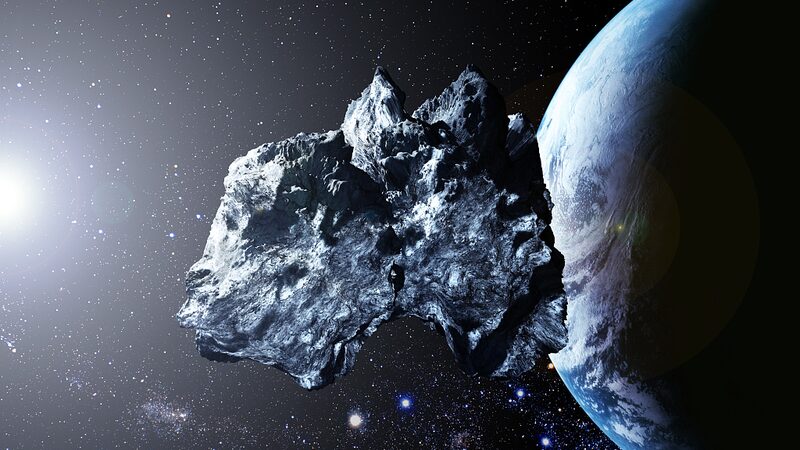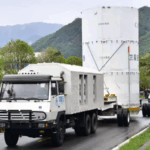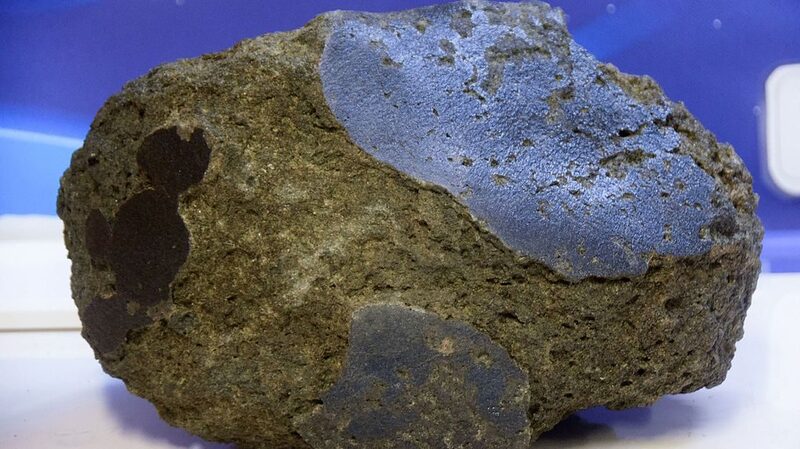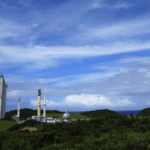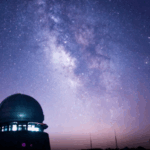Move over, sci-fi movies – real-life astronomers from China and Ukraine are joining forces to save Earth from potential asteroid impacts! 🚀 Using a groundbreaking technique called rotating-drift-scan (RDS) CCD, this cosmic collab could revolutionize how we track space rocks.
Imagine trying to photograph a race car with a slow-shutter camera – you’d just get a blur. That’s the problem astronomers face with fast-moving asteroids. But the RDS tech turns those streaks 🔄 into clear pinpoints of light, making measurements 10x more precise! 🔭
The teams analyzed over 11,000 observations from telescopes in Xi’an (China) and Mykolaiv (Ukraine), tracking nearly 500 near-Earth asteroids. Their secret sauce? Small but mighty 50cm telescopes working smarter, not bigger. 🌌
Why should you care? Well, NEAs (near-Earth asteroids) are celestial neighbors with ‘crash into Earth’ potential. As study co-author Dr. Zhang puts it: \"This isn’t about fear – it’s about being prepared.\" 💥
Bonus points for global teamwork! 🌐 This innovation lets smaller observatories worldwide join planetary defense. Next time you look up, know that scientists across continents are keeping watch 🔍✨
Reference(s):
China, Ukraine astronomers develop new tech to mitigate asteroid risks
cgtn.com
